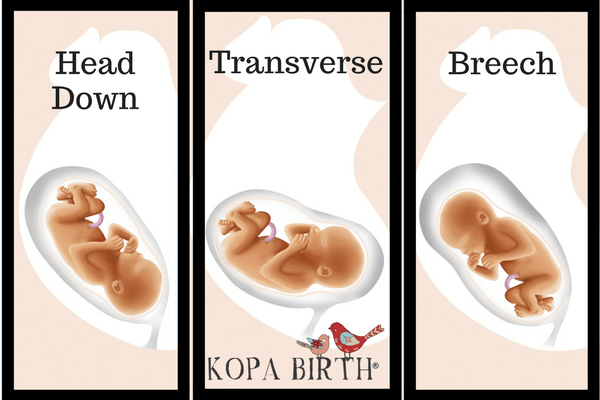How To Tell If Your Baby Is Head Down
Are you eagerly awaiting the arrival of your little one and wondering if they are in the correct position for birth? One of the key positions that healthcare providers look for in the later stages of pregnancy is whether the baby is head down. In this article, we will explore how to tell if your baby is head down, why it is important, and what you can do to encourage the optimal positioning for a smooth delivery.
Knowledge
When your baby is head down, it means that their head is positioned towards the birth canal, which is the ideal and safest position for delivery. This position is known as vertex presentation and is the most common position for babies in the final weeks of pregnancy. Your healthcare provider will use various methods to determine if your baby is head down, including:
An ultrasound can provide a clear image of your baby’s position in the womb. Your healthcare provider will be able to see if the baby’s head is facing downwards towards the birth canal.
During routine prenatal visits, your healthcare provider will palpate your abdomen to feel the position of your baby. They will be able to determine if the baby’s head is down and engaged in the pelvis.
If your baby is not in the head-down position closer to your due date, your healthcare provider may recommend an ECV. This procedure involves manually rotating the baby into the head-down position by applying pressure on your abdomen.
It is essential for your baby to be head down for a smoother and safer delivery. Babies in the breech position (feet or bottom first) may face complications during birth, and a cesarean section may be necessary to ensure the safety of both the mother and the baby.
Conclusion
In conclusion, knowing how to tell if your baby is head down is crucial for ensuring a smooth and safe delivery. By working closely with your healthcare provider and following their recommendations, you can encourage your baby to get into the optimal position for birth. Remember to stay informed, ask questions, and trust the expertise of your healthcare team to support you throughout your pregnancy journey.
For expecting parents, understanding the position of your baby in the womb can bring peace of mind and help you prepare for the upcoming arrival. By being proactive and aware of your baby’s positioning, you can take steps to promote a positive birth experience for both you and your little one.






